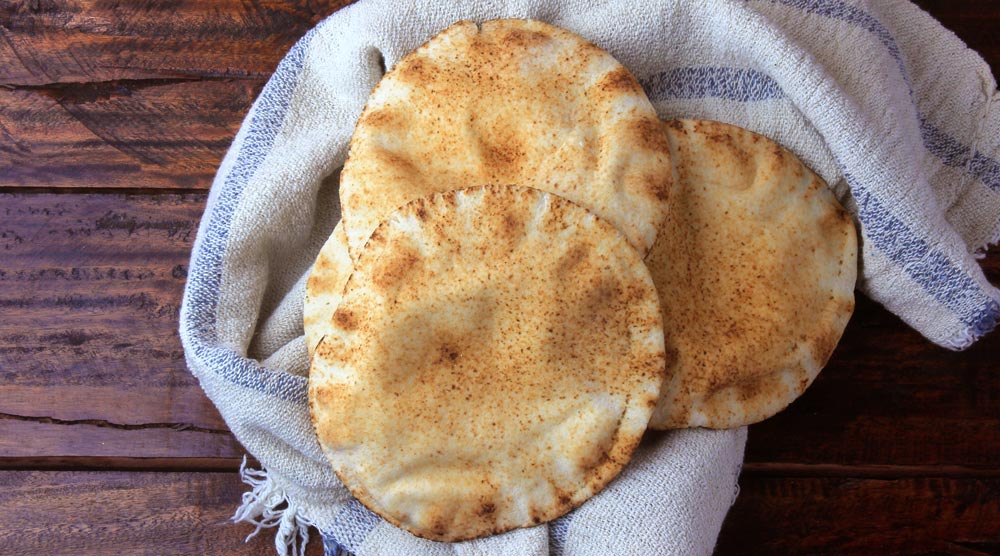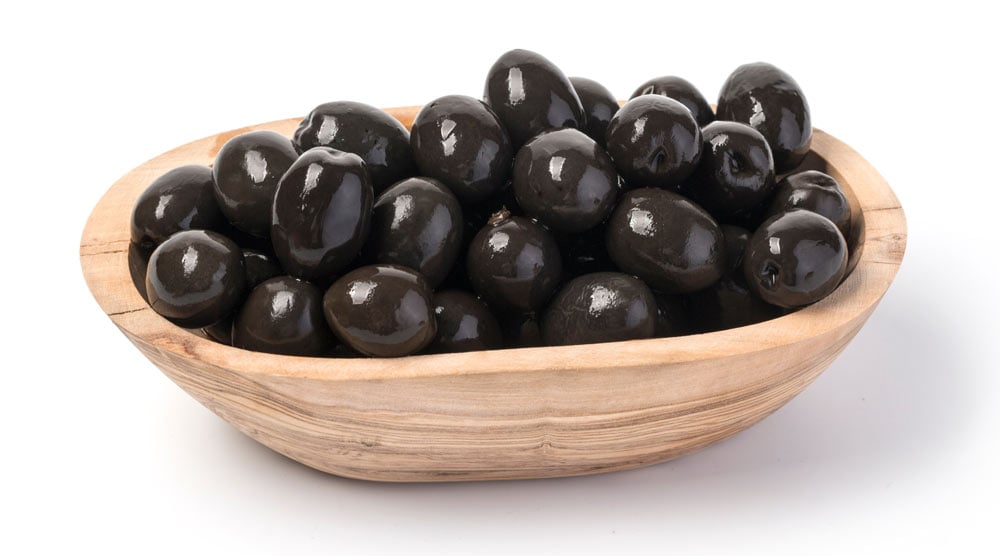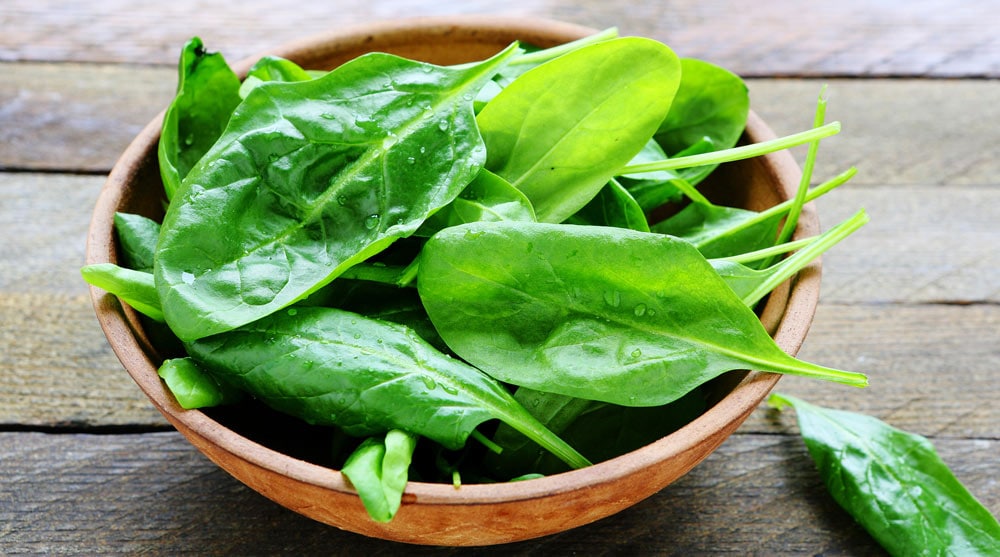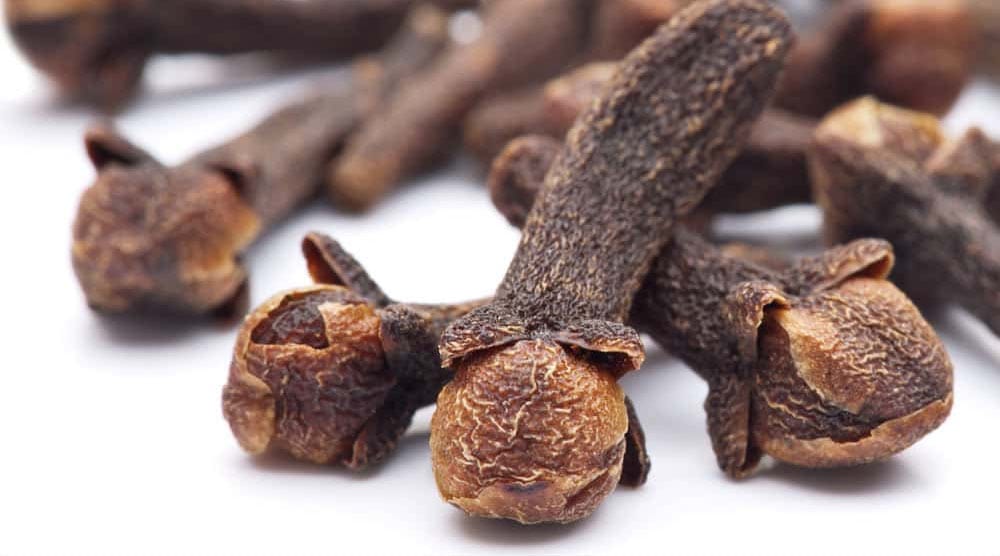Should you be concerned if your dog eats pita bread? While a small amount is probably safe, read on to find out why pita isn’t a healthy food for your dog.
Contents
You still need to be careful when eating pita bread around your dog though. Some pita breads contain extra ingredients that might be toxic, such as garlic. Uncooked dough can also be extremely dangerous if consumed by a dog.
Can Dogs Eat Plain Pita Bread?
Traditional pita bread is made from yeast, flour and water. Salt and sugar are also often added to the recipe. These ingredients aren’t toxic to dogs when cooked, which is why pita is safe for dogs to eat in small quantities.
Extra ingredients included with some pita breads can be toxic though. We’ve listed many of these below, but some of the most common include garlic, paprika, and excessive salt. Store-bought pitas contain more added ingredients than homemade pitas, so be careful and double-check the ingredient list.
However, even if pita bread is safe for dogs to eat, you shouldn’t feed it to your pup regularly or in large amounts.
While pita bread contains more protein and fiber than most grain-based products, it’s still not of high nutritional value. A small amount of bread can contain lots of calories without providing many nutrients.

How Much Pita Bread Should Dogs Eat?
It’s best to avoid giving your dog any pita bread. If you must let your dog eat some, then ensure you only give a tiny portion.
Keep in mind that dog food already contains all the nutrition needed for a balanced diet. Pitas are calorie-dense, so eating them takes up a lot of your dog’s daily allowance without providing minerals, vitamins, and other nutrients.
When Is Pita Bread Dangerous For Dogs?
Pita bread generally isn’t toxic to dogs, but that doesn’t mean it’s completely safe for your pet to eat. Here are four reasons why you should avoid feeding your dog pita.
Extra Pita Bread Ingredients Can Be Toxic
Many pitas contain added spices and ingredients. Some of these extra ingredients could be toxic to dogs, so it’s vital to read the label.
Some examples of pita seasoning that can be dangerous to dogs include:
- Oregano. While small quantities or oregano are safe for dogs, large amounts can be dangerous.
- Salt. A small amount of salt won’t hurt your dog, but too much can lead to sodium poisoning. This is a serious condition that requires immediate veterinary treatment.
- Garlic. Garlic is highly toxic to dogs. Do not give your dog pita bread that contains any garlic or garlic seasoning.
- Paprika. Since paprika is made from peppers, it can be spicy and cause irritation for your dog. It can also irritate your dog’s stomach, cause gastro upset, nose and mouth irritation, excessive thirst, and bloating.
- Red pepper flakes. Like paprika, red pepper flakes aren’t toxic, but the spice can cause irritation.
- Onion seasonings: All parts of onions are toxic to dogs, so you should avoid letting your dog have any food seasoned with onion powder or flakes.
- Cinnamon and sugar: While not toxic, too much cinnamon and sugar can be unhealthy for your dog to consume.
- Artificial sweeteners. Check store-bought sweetened pitas and make sure they don’t contain artificial sweeteners, such as xylitol. Xylitol is highly toxic to dogs, even when consume in small quantities.
Related Article: Why Dogs Shouldn’t Eat Coleslaw
Uncooked Pita Bread Dough Can Cause Life-Threatening Health Problems
You should never give your dog uncooked pita dough. If you suspect your dog has eaten raw dough, contact your vet immediately.
What makes raw dough so dangerous for dogs though?
Firstly, raw dough can rise in your dog’s stomach and lead to pain, bloating, and a potentially fatal condition known as “bloat,” or Gastric Dilation-Volvulus (GDV). Symptoms of bloat includes an enlarged and tender abdomen, gagging, excessive drooling, restlessness, and panting.
The yeast in raw pita dough can also ferment inside your dog’s stomach, which produces alcohol. When absorbed into the bloodstream, alcohol is toxic and can cause low blood sugar, breathing problems, and seizures.
Bloat and fermenting yeast are both medical emergencies that can be fatal if untreated. You should contact your vet immediately if you notice any symptoms or suspect your pet has eaten raw dough.
Too Much Pita Bread Can Cause Obesity
As we mentioned earlier, pita bread is a calorie-dense food that’s low in nutrients.
To illustrate why this is a problem, a single 6 ½” pita is likely to contain over 15% of the daily calories a 40 lb (18kg) dog needs. For smaller dogs, one pita might provide a quarter (or more) of their required daily intake – without any nutritional value!
Feeding your dog any food that’s high in calories can lead to obesity. As obesity is linked to a range of different health issues, it’s vital to make sure that your pet gets a healthy quantity of calories from nutritious food sources.
Pita is Not Suitable for Dogs With a Gluten Intolerance
Since most pita bread is made with wheat flour, your dog should not eat pita if they have a gluten intolerance or sensitivity.
Symptoms of a gluten intolerance include:
- Chronic intestinal upset
- Vomiting (in severe cases)
- Dry, flaky skin, possible hair loss
- Excessive itching or scratching, foot chewing
- Hot spots and rashes
- Chronic ear infections
If your dog shows signs of gluten intolerance, talk to your vet. They can help you make adjustments to your dog’s diet to avoid ingredients that trigger a reaction.
What About Pita Chips?
Pita chips are just baked pita bread that’s cut into smaller pieces. So, while the basic ingredients aren’t toxic for your dog to eat, they also have little nutritional value and are calorie dense.
Pita chips are also often seasoned, so it’s important to check the ingredients list. For example, many contain large amounts of added salt, which can lead to sodium poisoning. Some pita chips are also seasoned with toxic ingredients, such as garlic or onion.
Are Other Types of Bread Safe for Dogs?
Plain white bread, sourdough, wheat bread, and pumpkin bread are generally safe for dogs in small quantities (as long as they are properly baked and don’t contain dangerous additives).
Even so, dogs shouldn’t eat bread on a regular basis. While many bread types are non-toxic, they are low in nutritional value and high in calories.
There are also certain types of bread that are toxic. For example, garlic bread is toxic and very dangerous for your dog to eat, due to the garlic content.
Here’s a quick overview of breads that should never be given to a dog:
- Raisin bread: Raisins are extremely toxic to dogs and can cause kidney failure. Never give your dog raisin bread or any food that contains raisins.
- Garlic or onion bread: Garlic is toxic to dogs. Do not feed your dog any bread that contains garlic, garlic powder, or garlic salt.
- Onion bread. Onions are also toxic to dogs. Never feed your pet bread that contains onions.
Always check the ingredients when buying bread. It’s important to check for potentially toxic additives that might have been included in the recipe.
Summary
A small amount of plain, cooked pita bread probably won’t harm your dog. However, pita bread is calorie-dense and doesn’t contain much nutrition, so you should avoid giving it to your dog.
Seasoned pita bread (or pita chips) can be dangerous, depending on which seasoning is used. You should also make sure that your dog never ingests uncooked pita dough, as it can cause serious health problems.
If you’re wondering whether your dog can eat other foods with gluten, check out our guide to whether dogs can eat pizza crust.




